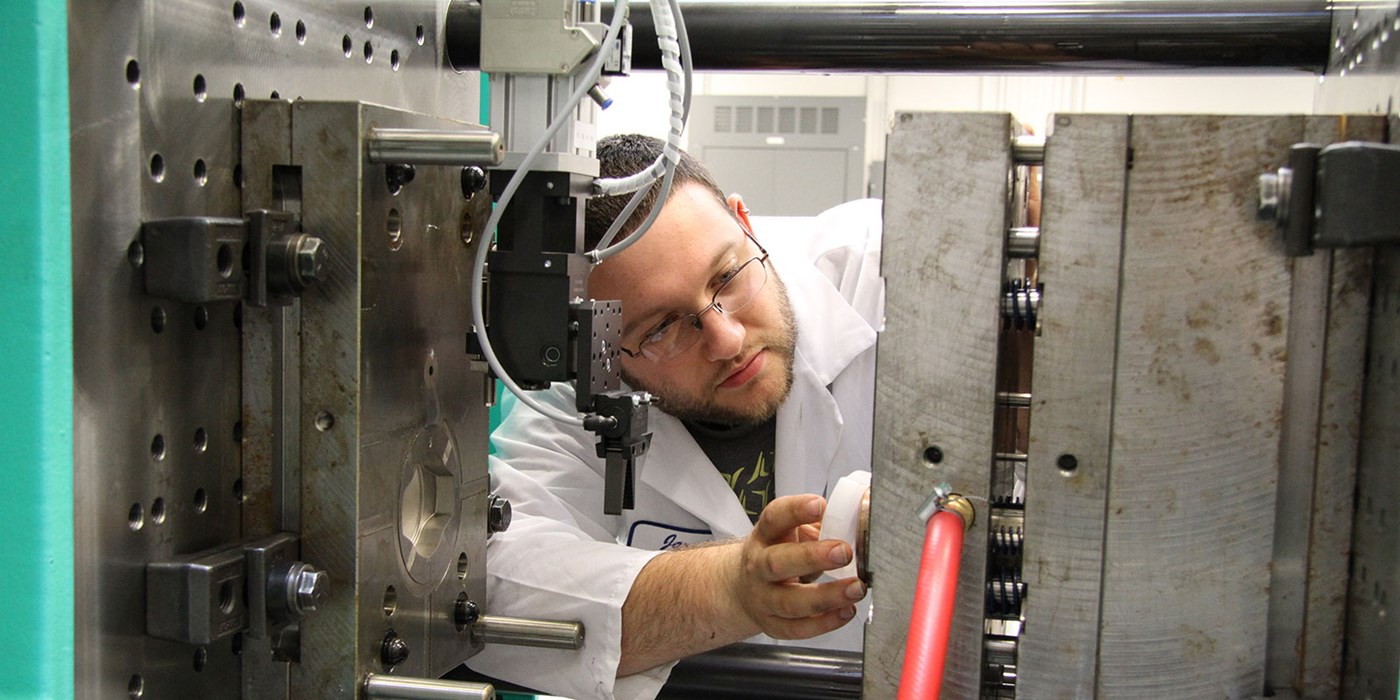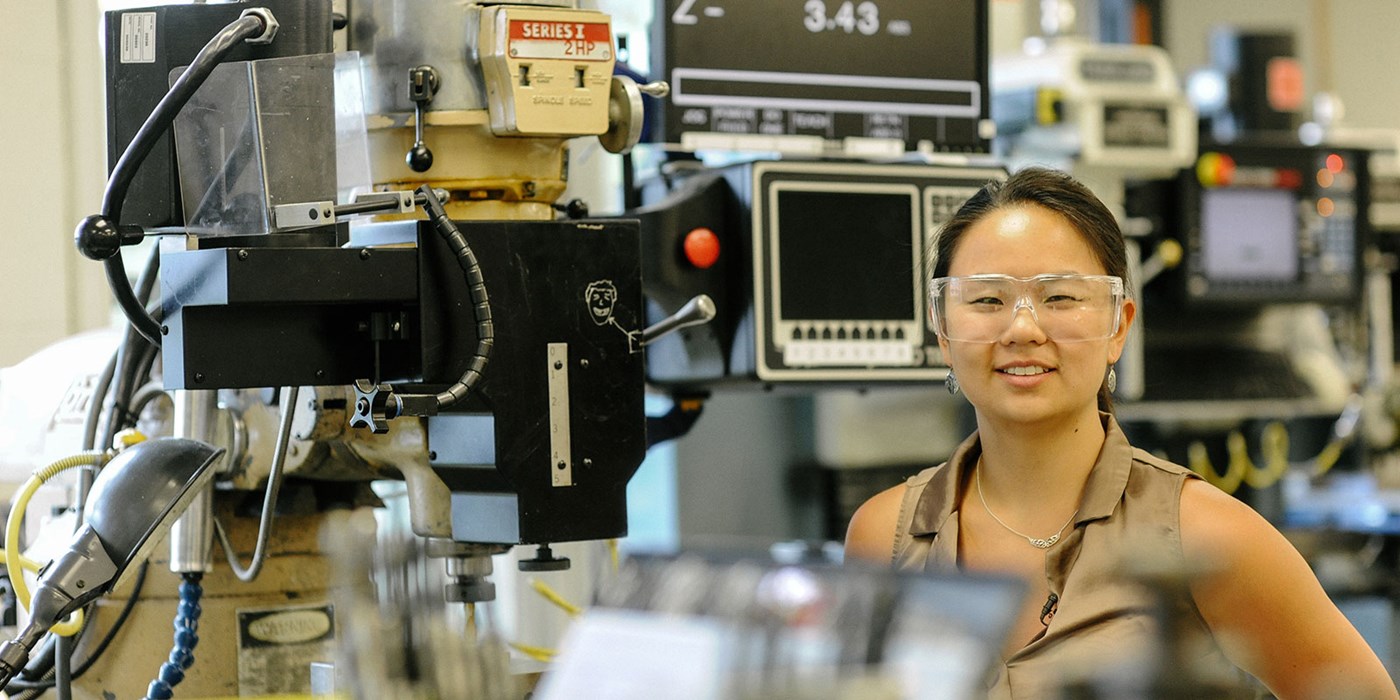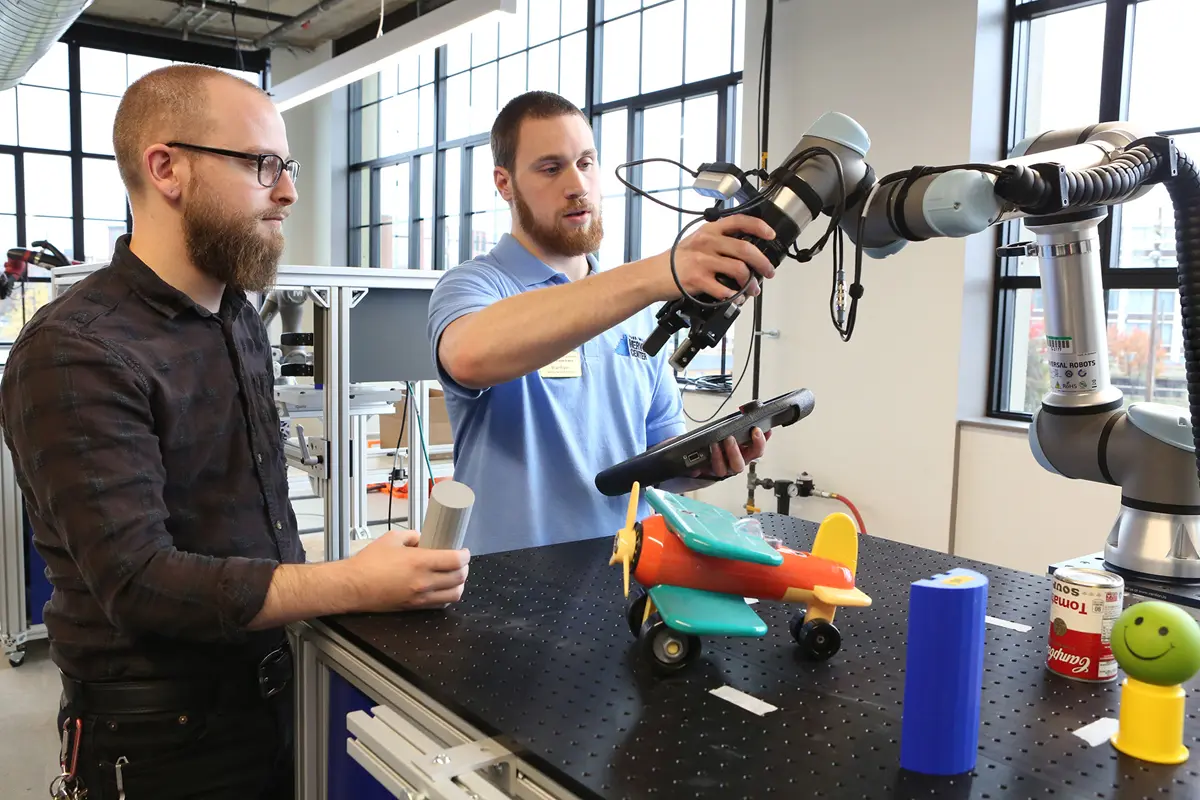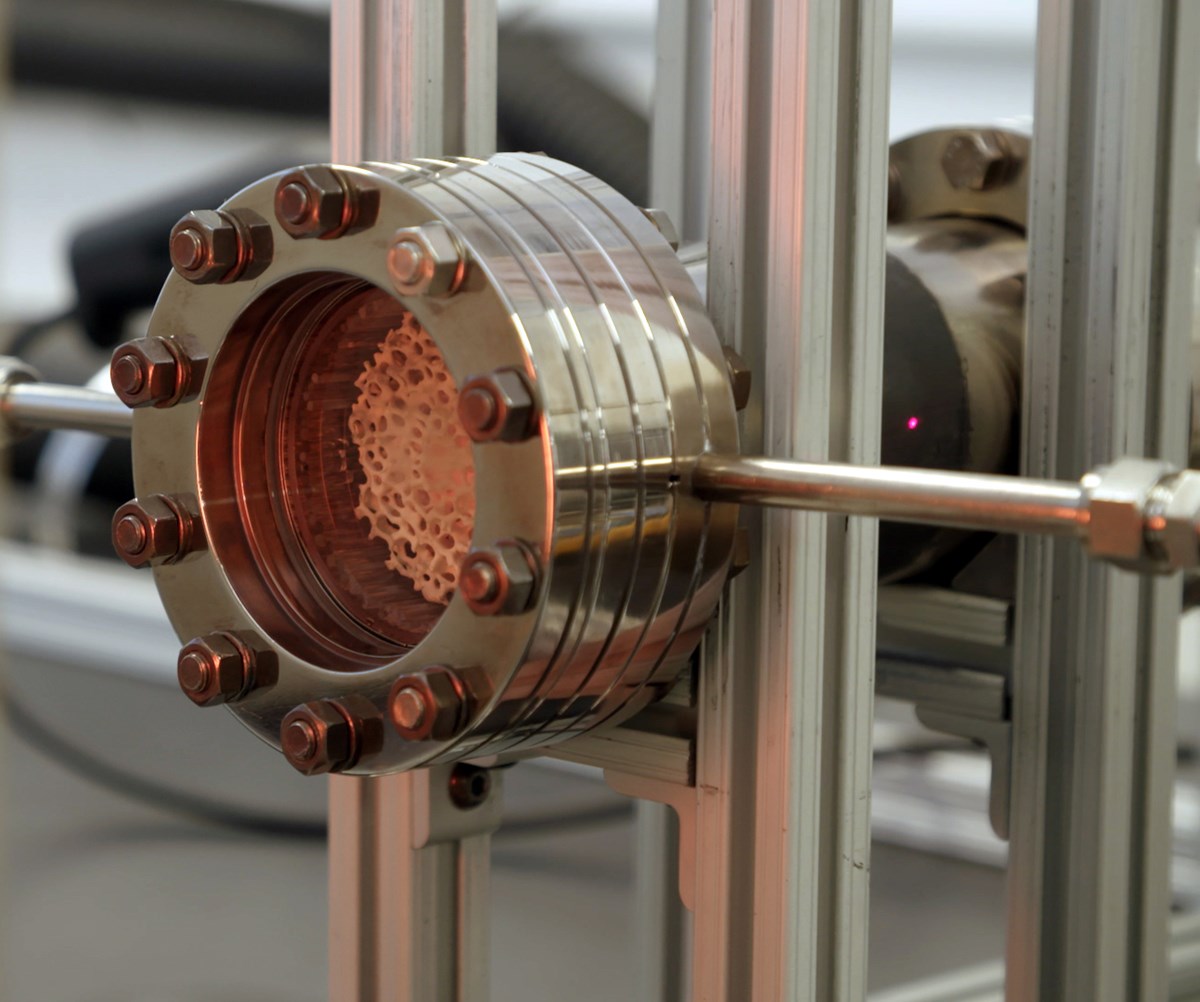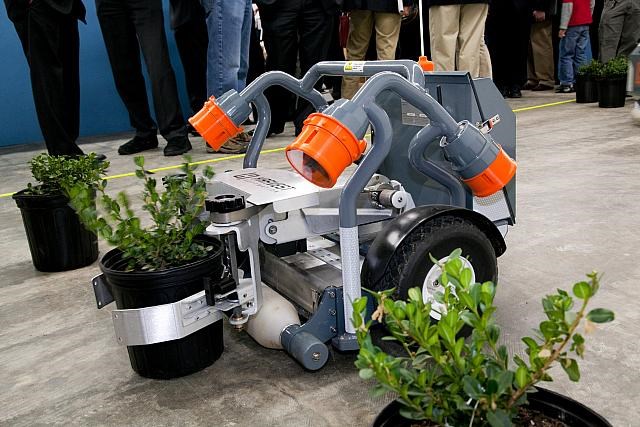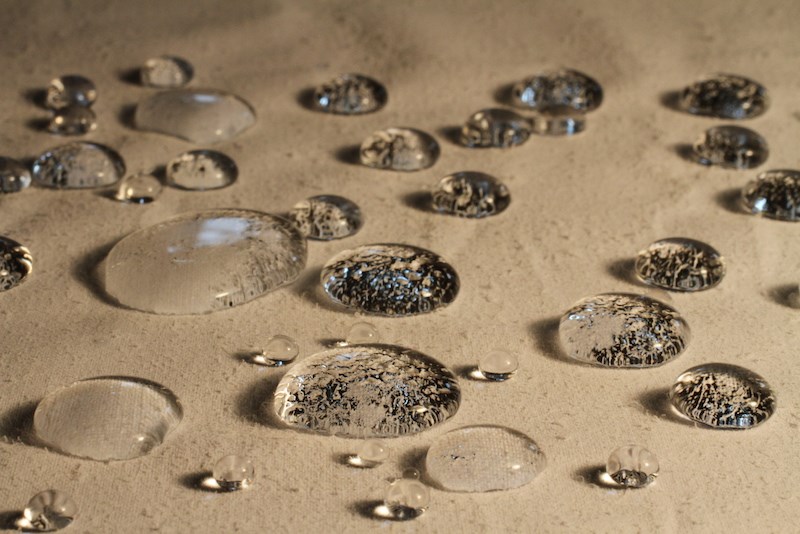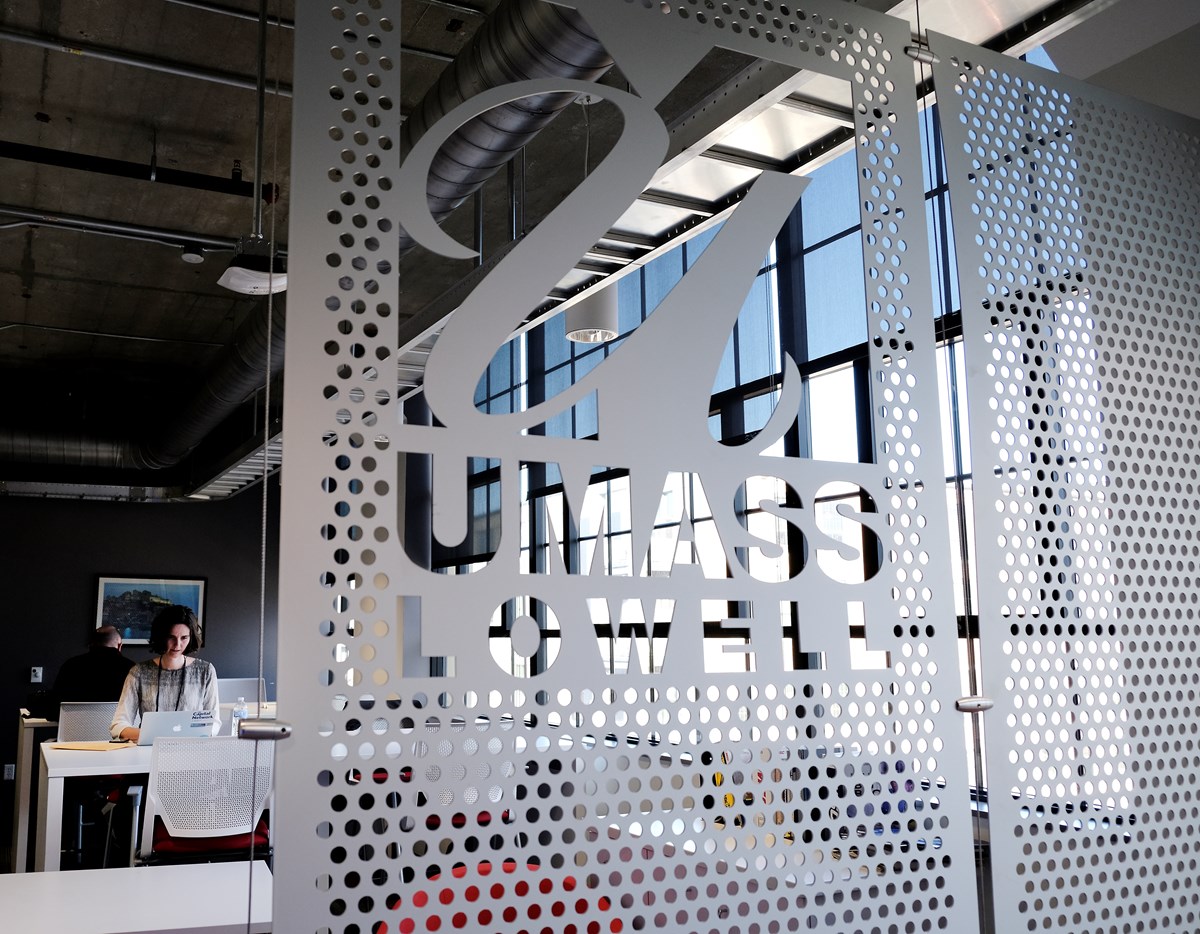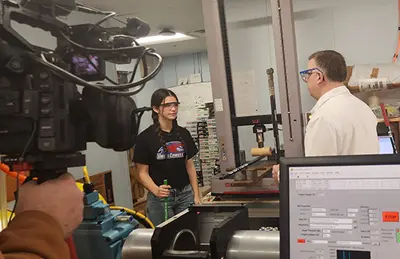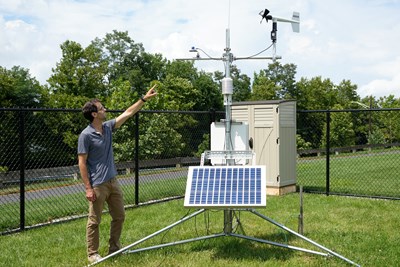The campus hosts 13 research centers, which have achieved international distinction and are notable for an interdisciplinary approach, including the Rist Institute for Sustainability and Energy; the New England Robotics Validation and Experimentation Center; the Lowell Center for Space Science and Technology; and the Raytheon-UMass Lowell Research Institute.
In addition, UMass Lowell hosts collaborative efforts such as the Massachusetts Medical Device Development Center (M2D2), a life sciences incubator and accelerator created in collaboration with the UMass Chan Medical School, and the HEROES partnership with the U.S. Army DEVCOM SC focused on innovations that enhance the capabilities and experience of military members.
UMass Lowell is consistently looking to create new opportunities for research and collaboration through industry partnerships. Currently, the university is working with the City of Lowell to dramatically scale up these partnerships through the Lowell Innovation Network Corridor (LINC), a public-private development set to transform the city’s economic future.
“The R1 classification is a tremendous boost for our plans for LINC, which will be a vibrant live-work-learn-play district that is a nexus of research activity in eastern Massachusetts,” said Anne Maglia, UMass Lowell vice chancellor for research, innovation and economic development. “We’ve already attached prestigious partners — including Draper, Mass General Brigham, Home Base and SAIC — who are co-locating on our campus in order to be closer to our research activity and our talented students.”
In July 2023, UMass Lowell announced the creation of a new School of Graduate Studies to align existing programs with the university’s research enterprise, leading to further collaboration and innovation.
"R1 status creates unparalleled career-connected opportunities by providing students with hands-on research experiences, industry collaborations and access to top-tier faculty,” Chen said. “With cutting-edge resources and strong industry partnerships, students gain the skills, mentorship and real-world connections needed to excel in their chosen careers."


